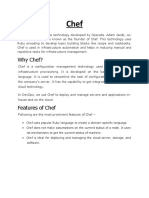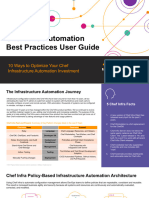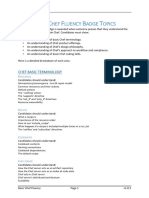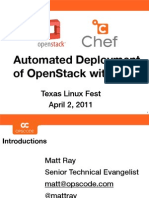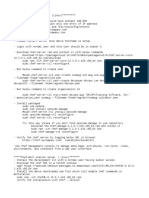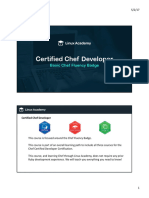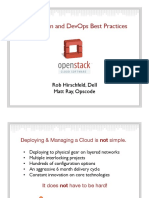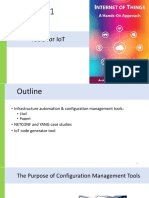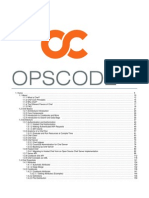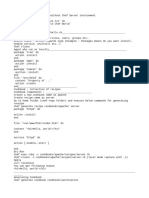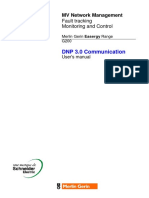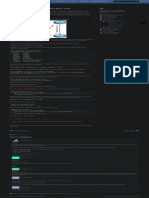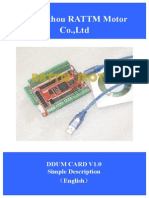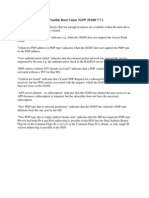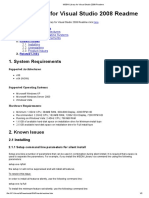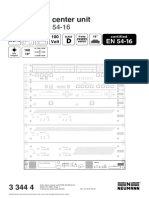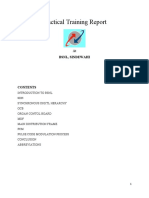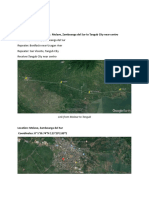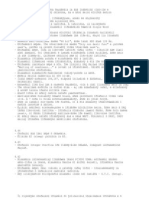0% found this document useful (0 votes)
17 views10 pagesChef
The document provides an overview of Chef, a configuration management tool, detailing key concepts such as resources, recipes, cookbooks, nodes, and the bootstrap process. It explains how to manage infrastructure using Chef, including commands for uploading cookbooks, applying updates, and utilizing various Chef components like Test Kitchen and Chef Inspec for compliance. Additionally, it outlines the responsibilities of system administrators and the importance of SSL certificates in securing Chef communications.
Uploaded by
erashappyCopyright
© © All Rights Reserved
We take content rights seriously. If you suspect this is your content, claim it here.
Available Formats
Download as DOCX, PDF, TXT or read online on Scribd
0% found this document useful (0 votes)
17 views10 pagesChef
The document provides an overview of Chef, a configuration management tool, detailing key concepts such as resources, recipes, cookbooks, nodes, and the bootstrap process. It explains how to manage infrastructure using Chef, including commands for uploading cookbooks, applying updates, and utilizing various Chef components like Test Kitchen and Chef Inspec for compliance. Additionally, it outlines the responsibilities of system administrators and the importance of SSL certificates in securing Chef communications.
Uploaded by
erashappyCopyright
© © All Rights Reserved
We take content rights seriously. If you suspect this is your content, claim it here.
Available Formats
Download as DOCX, PDF, TXT or read online on Scribd
/ 10





